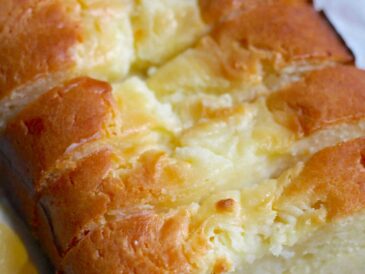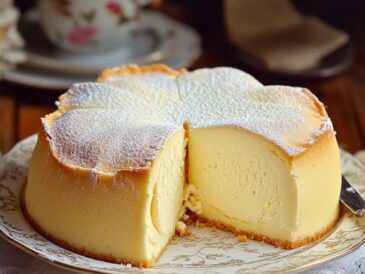1. Talcum Powder to Eliminate Moisture
Interestingly, talcum powder can be a reliable ally in fighting moisture. Just as it absorbs moisture from your shoes, it can also help combat mold on walls.
To use this method, simply sprinkle talcum powder on the wall and then rub it with a cloth to help it penetrate. For more effectiveness, repeat the process several times until all traces of moisture are gone.
2. Removing Mold with Bleach
In this case, the solution is temporary, as this method completely removes mold but doesn’t address the underlying moisture issue.
Start by mixing 1 part bleach with 1 part water and pour it into a spray bottle. Be sure to wear rubber gloves, goggles, and a mask. Spray the mixture onto the affected areas and scrub vigorously with a brush.
Be patient, as this process can take time. Perform a little each day or week because the smell is strong and can be overwhelming. Ensure the area is well-ventilated and avoid having anyone else present. Note that using bleach on colored walls can cause fading, so this tip is best for white walls and surfaces.
3. Removing Mold with Hydrogen Peroxide
Hydrogen peroxide is another alternative that can help eliminate mold but is better suited for smaller stains as it requires a bit more effort.
Soak a cloth in hydrogen peroxide and apply it to the mold to dampen it. Leave it for 15 minutes, then scrub until the mold is removed. Use gloves and a protective mask, and ensure good ventilation. Keep children out of the area during the treatment.
4. Removing Mold with Water, Vinegar, and Alcohol
For a more homemade and non-staining approach, you can mix warm water with 1 cup of vinegar and 1 cup of isopropyl alcohol. Together, these ingredients will help reduce mold, eliminate stains, and aid in cleaning.
5. Eliminating Moisture by Correcting the Structure
To permanently eliminate moisture and mold in your home, you need to consider structural solutions. Consulting a professional is crucial, as they will evaluate the home’s structure and help you find the best solution.
Once the cause is determined, the solution often involves removing the existing plaster and reapplying it. In this case, a water-resistant liquid is used in the new plaster mixture. In some cases, if the problem originates from the bottom, it may be necessary to break the lower meter of the wall and apply a waterproof membrane to that section. There’s no need to remove the entire wall, just the lower portion gradually. Protecting this section will prevent the upper part from absorbing moisture from the ground.
Additional Methods for Eliminating Moisture
- Sea Salt: Sea salt is highly effective in combating moisture as it performs a similar function to baking soda. Simply place containers of sea salt or fleur de sel on the base or shelves of the walls, and it will gradually absorb the moisture.
- Baking Soda: Baking soda can also be used in a similar manner as sea salt. Place containers near the damp area on the walls and you’ll see results in no time.
By following these methods, you can tackle wall moisture effectively and help prevent its return.




